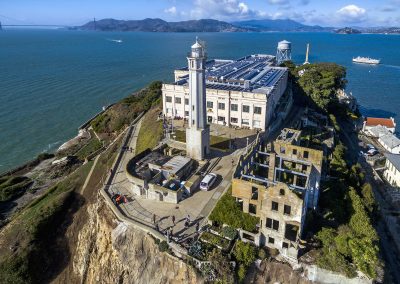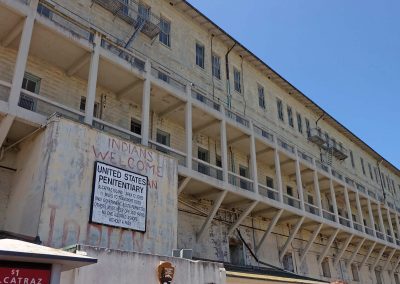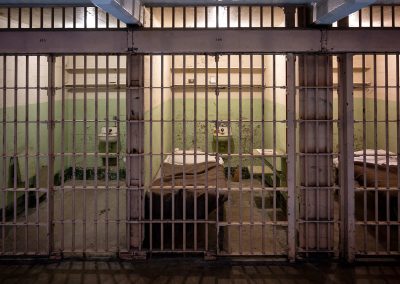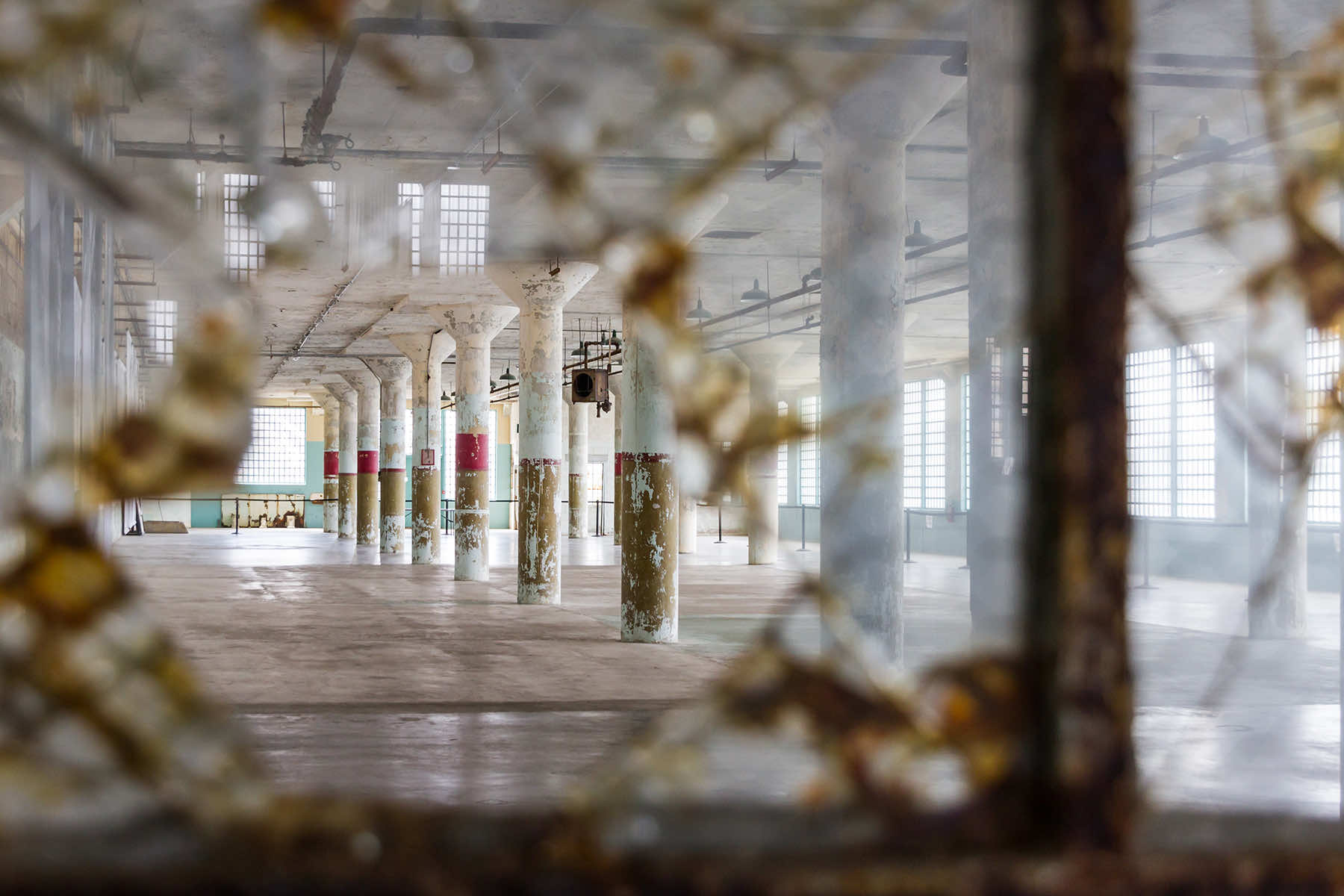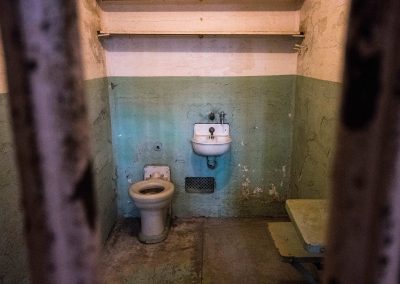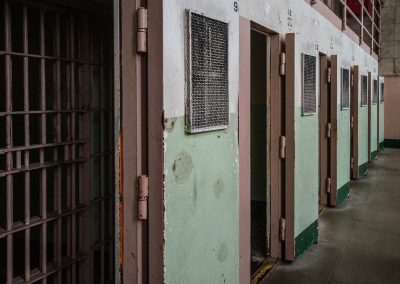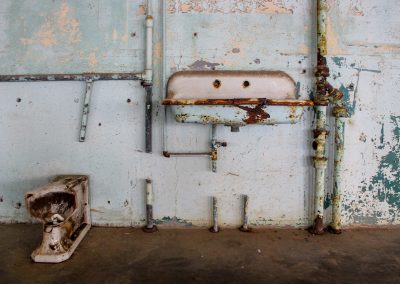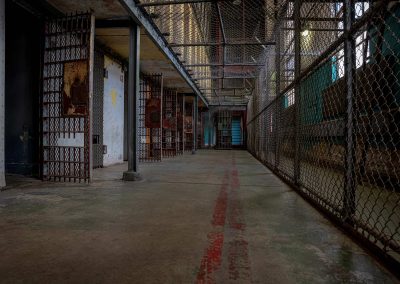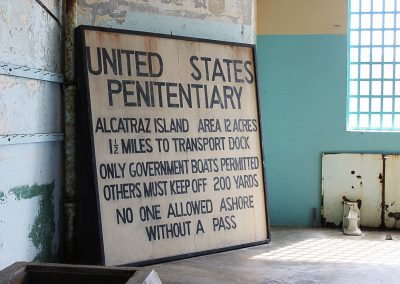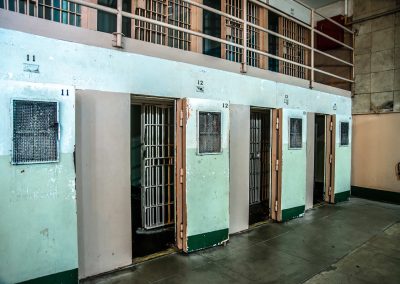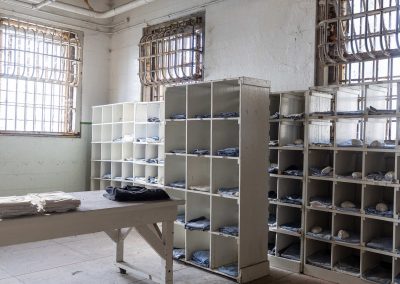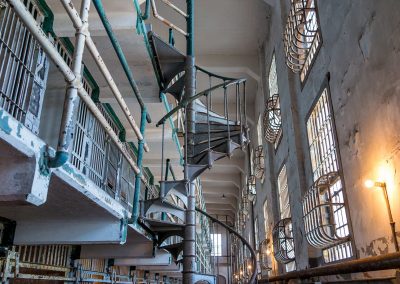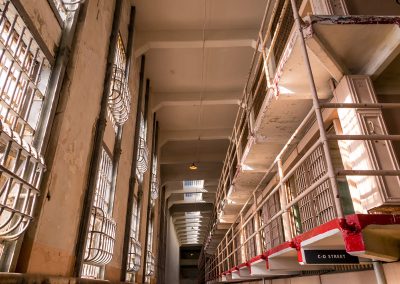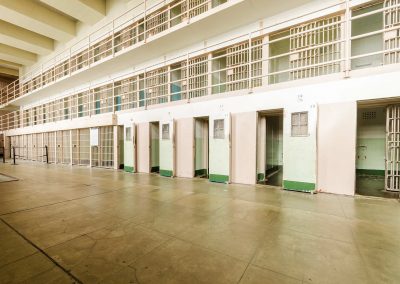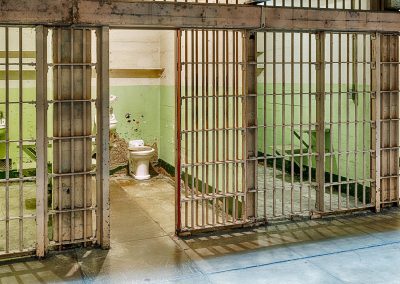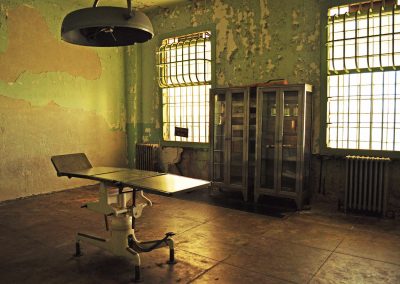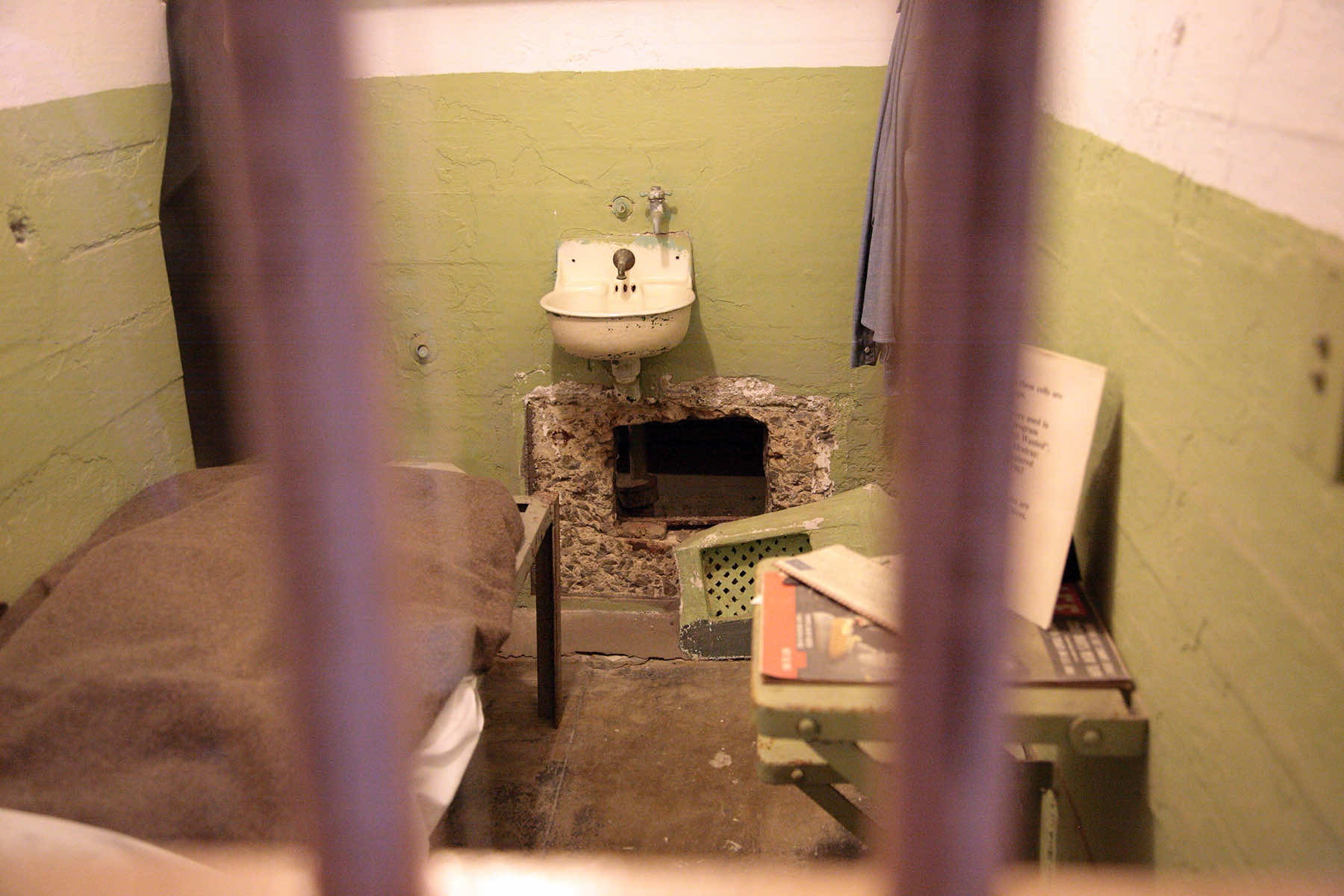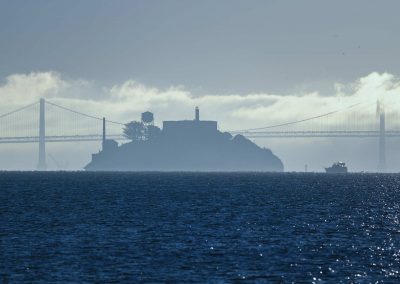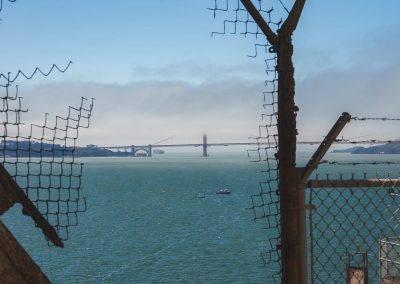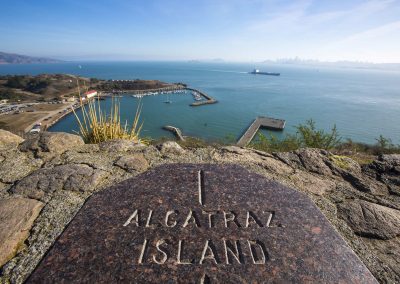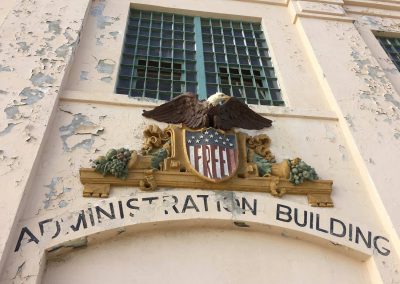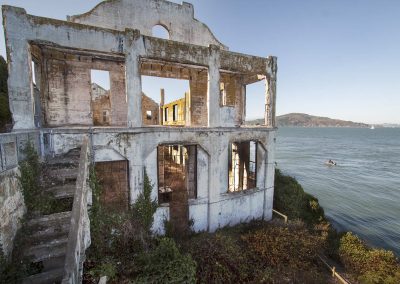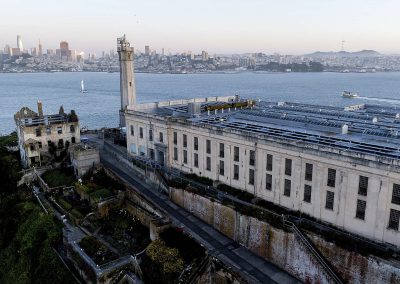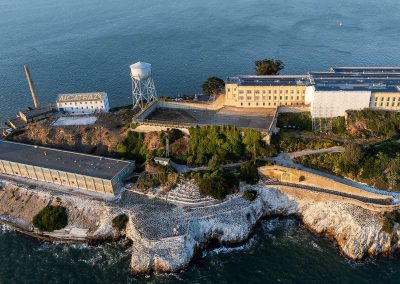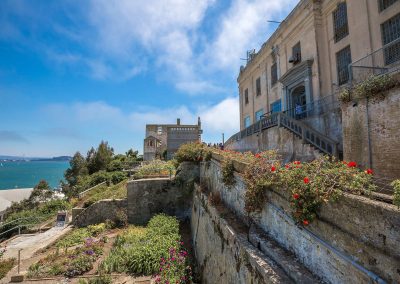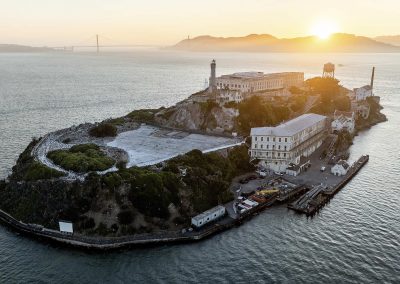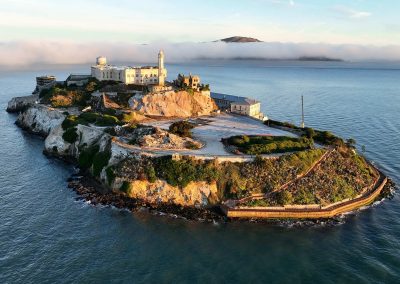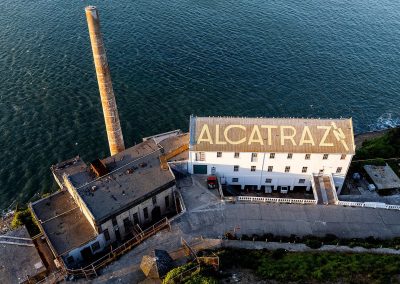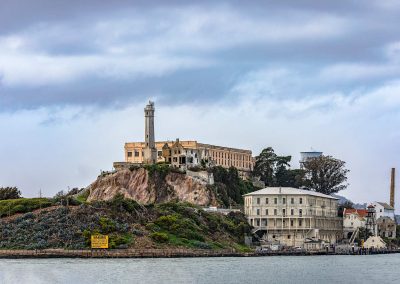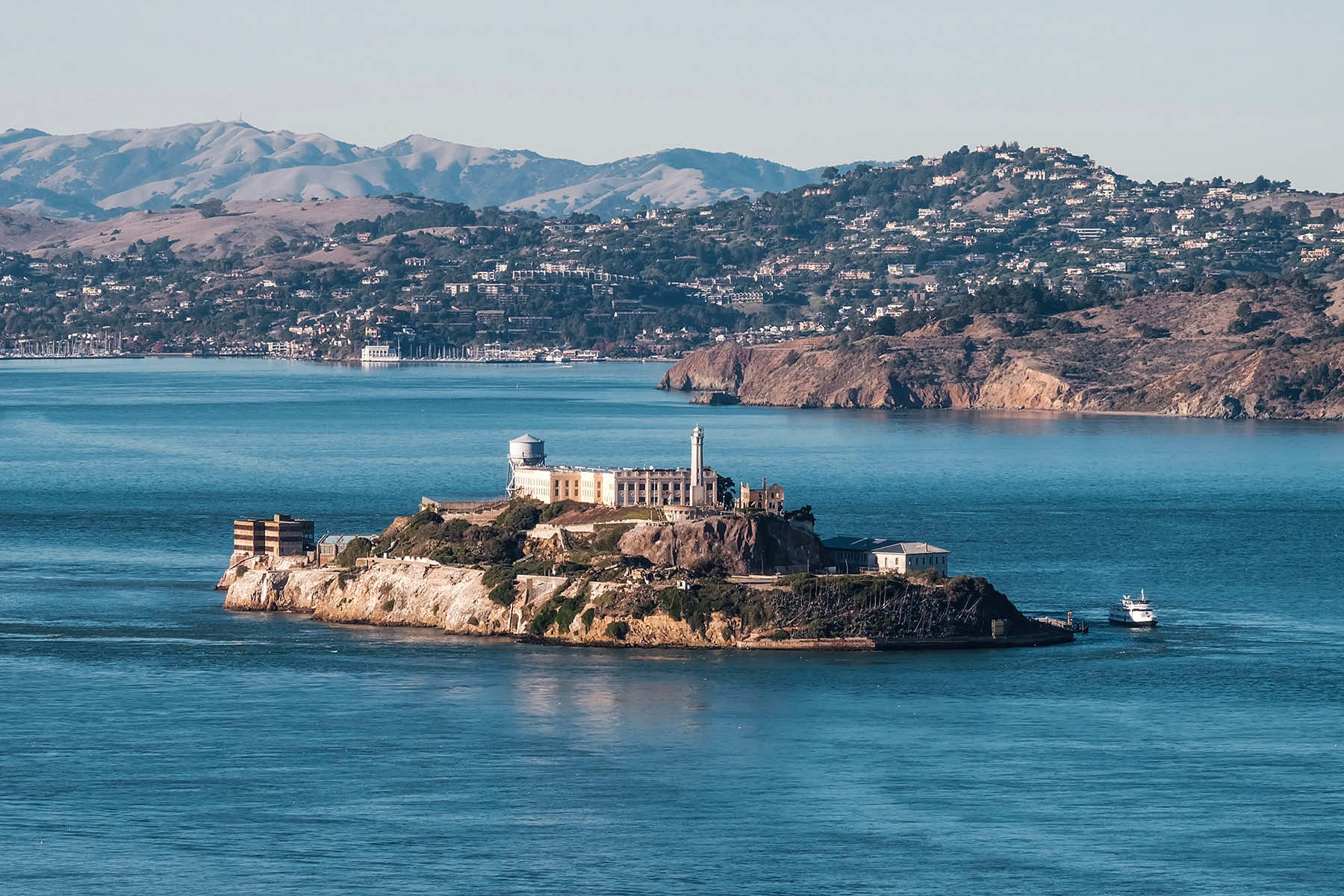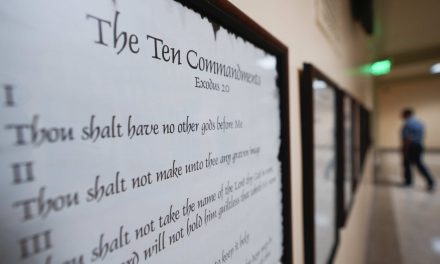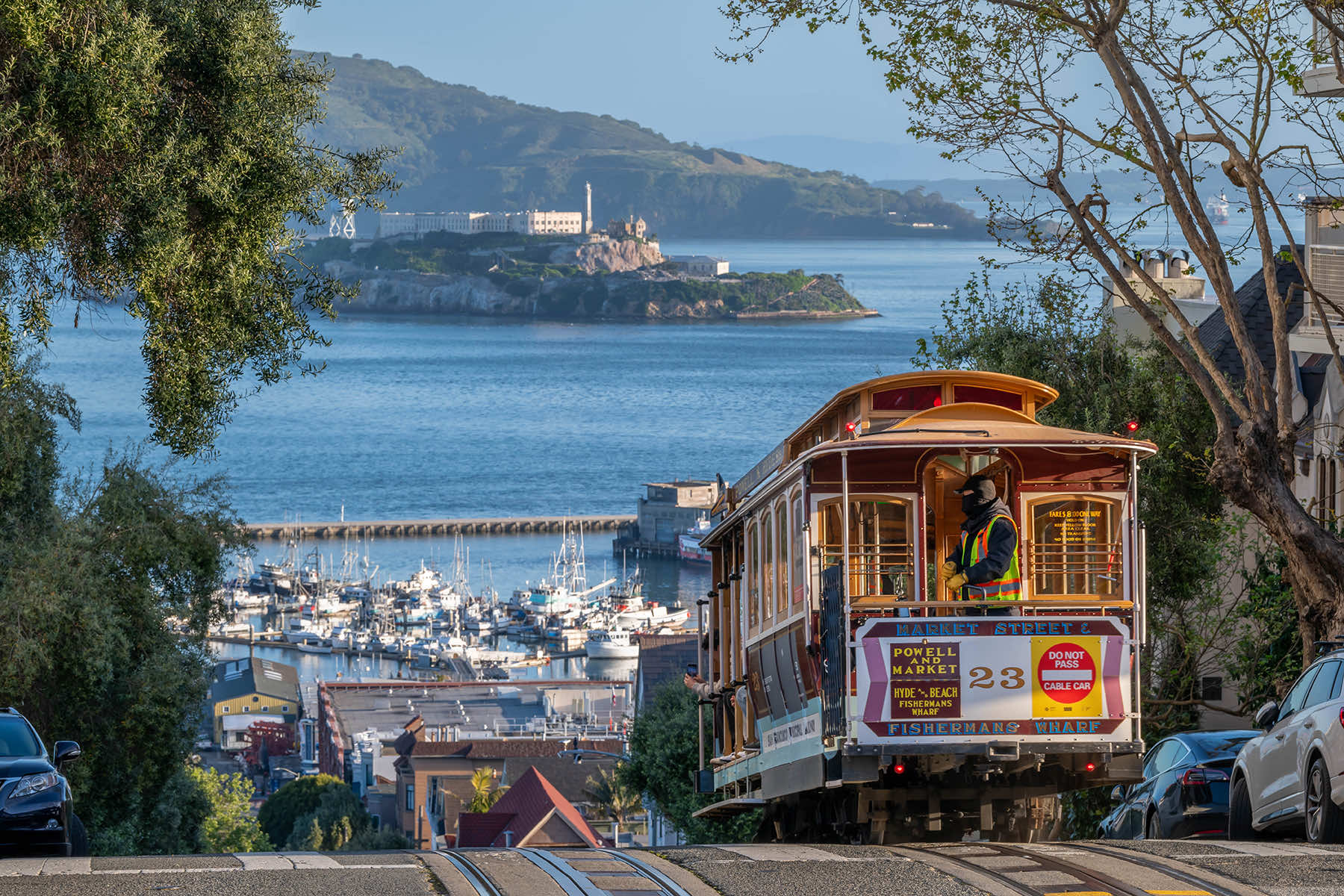
Donald Trump’s order to reopen Alcatraz Island as a functioning federal prison was met with widespread confusion, logistical warnings, and backlash from legal experts and local leaders on May 5.
But beyond the practical hurdles of rebuilding a long-defunct incarceration facility in the middle of San Francisco Bay, critics say the ploy represents something deeper. They say it is a politically staged gesture designed to invoke nostalgia for a brutal past. and redirect attention from the president’s mounting policy failures.
“For too long, America has been plagued by vicious, violent, and repeat Criminal Offenders, the dregs of society, who will never contribute anything other than Misery and Suffering. When we were a more serious Nation, in times past, we did not hesitate to lock up the most dangerous criminals, and keep them far away from anyone they could harm. That’s the way it’s supposed to be. That is why, today, I am directing the Bureau of Prisons, together with the Department of Justice, FBI, and Homeland Security, to reopen a substantially enlarged and rebuilt ALCATRAZ, to house America’s most ruthless and violent Offenders.” – Donald Trump, May 4, 2025 (via Truth Social)
The facility, which was closed in 1963, is currently a National Historic Landmark operated by the National Park Service. The Bureau of Prisons has no jurisdiction there, and the practical reality of reopening it is daunting.
“The island had no source of fresh water,” according to the U.S. Bureau of Prisons, “so nearly one million gallons of water had to be barged to the island each week.”
Every supply run, from food to fuel to basic maintenance equipment, had to be ferried across cold, choppy waters.
By 1959, it cost the federal government $10.10 a day to house a prisoner on Alcatraz. That compared to $3.00 per day at a federal prison in Atlanta. It was a stark enough financial contrast that Congress ultimately deemed it more efficient to build entirely new facilities than keep the island running.
The Bureau of Prisons currently has 16 penitentiaries fulfilling the same high-security functions as Alcatraz, including its maximum security facility in Florence, Colorado, and the U.S. penitentiary in Terre Haute, Indiana, which is home to the federal death chamber.
Even within the system’s aging infrastructure, those facilities are better equipped than a crumbling shell of a prison that has not housed an inmate in over six decades.
So why bring it back? Trump says the decision is a response to “radicalized judges” who insist on due process for deportees.
The move has been widely interpreted as a form of spectacle, a performative signal to his base during a moment of his growing political vulnerability.
Currently facing intensifying backlash over his failed tariff policies, which have triggered a spike in consumer costs and drawn bipartisan criticism, Trump is also watching support erode over his mass-deportation initiatives.
Neither program has delivered the promised political gain. With his approval ratings slipping in battleground states, the order to revive Alcatraz is widely seen as a pivot to a made-for-headlines distraction wrapped in punitive nostalgia.
The Alcatraz revival also fits within a longer tradition of invoking “law and order” as a political weapon. The island itself evokes images of isolation, submission, and extreme punishment. Those visuals carry heavy cultural weight, particularly when leveraged to suggest dominance and deterrence.
Such imagery also carries a racial undertone that many civil rights advocates have pointed out. Alcatraz, with its remote, barren, unescapable mythology, conjures the optics of complete domination. Its return to active use would fit neatly within a White Nationalist narrative that blends “law and order” with public performance.
During the Jim Crow era, chain gangs were a legal mechanism for extending slavery in all but name. Black men were disproportionately targeted by vagrancy laws, then sentenced to hard labor for minor or fabricated offenses.
They were shackled, paraded, and forced to work under armed guard. It was a system designed as both a punishment and for public display. The symbolism of Alcatraz, as a place of containment and theatrical severity, draws directly from that same ideological lineage. The function is not simply incarceration, it is punishment as an exhibition of power.
Alcatraz once held some of the most infamous inmates in U.S. history, including Al Capone and George “Machine Gun” Kelly. The island’s unforgiving current, cold waters, and seclusion made it virtually escape-proof.
During its 29 years in operation, 36 men tried to escape in 14 separate attempts. Almost all failed. One 1962 escape, by Frank Morris and the Anglin brothers, inspired the Clint Eastwood film “Escape from Alcatraz.” It dramatized their daring raft escape into the bay. Whether they survived remains unknown.
Although Alcatraz drew inmates from across the federal system, there is no publicly verified record confirming that any prisoners from Milwaukee or elsewhere in Wisconsin were held there. The Bureau of Prisons did not routinely release biographical data such as place of origin, and residence was rarely tracked in official registers.
The absence of evidence does not rule out the possibility. Alcatraz housed over 1,500 inmates between 1934 and 1963. But no known archival or case records confirm a Wisconsin link. In that silence, the legacy of Alcatraz looms larger than the details it left behind.
The island’s mystique now draws more than 1 million tourists a year, according to the National Park Service. Tickets run $47.95. Visitors ferry across to explore the stark cells and preserved history that documents the prison’s notorious past.
Since its designation as a protected site in 1973, Alcatraz has become a critical piece of public heritage, both as a cultural memory and as part of the Golden Gate National Recreation Area. Repurposing that site into a prison again would not just strip it of that status, but also destroy a vital economic and educational asset.
Former House Speaker Nancy Pelosi, a California Democrat whose district includes the island, questioned the feasibility of reopening the prison after so many years.
“It is now a very popular national park and major tourist attraction. The President’s proposal is not a serious one,” she wrote on X.
While Trump insists that reopening Alcatraz is a step toward protecting Americans from “the worst of the worst,” experts point out that it is a deeply impractical plan with no foundation in modern corrections strategy.
Bringing the facility up to modern-day standards would require massive investments at a time when the Bureau of Prisons has been shuttering prisons for similar infrastructure issues.
Even without the island’s logistical burdens, the Bureau of Prisons is already under strain. An internal crisis has gripped the agency since at least 2019, when the suicide of Jeffrey Epstein at the federal Metropolitan Correctional Center in New York exposed systemic failures in oversight, staffing, and emergency response.
A subsequent investigation uncovered deep, previously unreported flaws within the Bureau of Prisons, including widespread criminal behavior by prison employees, rampant abuse, dozens of escapes, and unaddressed chronic violence across facilities.
One federal women’s prison in Dublin, California, became the subject of national scrutiny after revelations of rampant sexual abuse by staff members. Those disclosures helped fuel a push for legislative reform. Last year, President Joe Biden signed a law strengthening oversight of the agency after reporting by the Associated Press put a spotlight on its many flaws.
Trump’s call to reopen a notoriously expensive and outdated facility in the midst of such ongoing chaos has drawn scrutiny even from within federal ranks. A spokesperson for the Bureau of Prisons issued a restrained statement saying the agency “will comply with all Presidential Orders,” but declined to answer questions about feasibility or whether the Department of Justice or National Park Service had been consulted.
The administration has also promoted a series of controversial proposals regarding incarceration and detention. Trump floated the idea of sending U.S. prisoners to a maximum-security facility in El Salvador, a foreign prison infamous for mass internment, human rights abuses, and lack of due process.
He has also directed the Pentagon and Department of Homeland Security to open new detention zones at Guantanamo Bay capable of housing up to 30,000 detainees labeled as “worst criminal aliens.”
Alcatraz, by contrast, is not fantasy. It is a physical location with historical weight. But turning it back into a prison requires more than a presidential declaration. It would involve legal, environmental, and congressional hurdles, not to mention National Park Service consent.
The idea that it could quickly be rebuilt and modernized into a high-capacity facility for housing “America’s most ruthless and violent offenders” ignores decades of neglect and the extraordinary cost of restoration.
Still, the island’s visibility, in the bay off the coast of San Francisco and visible from the Golden Gate Bridge, makes it an ideal backdrop for Trump’s penchant for symbolic but hollow action. Reopening it would reclaim not just a prison, but the mythos of perpetual incarceration and the absence of Christian mercy.
“When we were a more serious Nation, in times past, we did not hesitate to lock up the most dangerous criminals, and keep them far away from anyone they could harm. That’s the way it’s supposed to be.” – Donald Trump, May 4, 2025 (via Truth Social)
The language evokes a longing for a past America. But that past, for many, included racial subjugation, judicial bias, and a corrections system built to target marginalized populations.
Alcatraz is no longer a functioning prison. As a stage, it serves Trump’s need to incite drama. It creates a visible and cinematic gesture of getting tough. It never has to bother with resolving the underlying crises, overburdened courts, underfunded facilities, rising prison violence, and an immigration system lacking legal clarity.
In that sense, Alcatraz is not a response to crime. It is a statement about who in America can be forgotten. Its return is not meant to solve anything. It is designed to remind the country that Trump has absolute power and who he could bury with it.
© Photo
Eric Risberg (AP), Michael R. Sisak (AP), Noah Berger (AP), Rod Lamkey (AP), and Austin Wertz, Benny Marty, ByDroneVideos, Chris LaBasco, Cysun, Domingo Saez, Edass Photo, F11photo, F8grapher, Francisco Marques, Jessica Bauman, Ken18, Lynn Indrizzo, Martinez Soler, Matt Ragen, MintImages, Naeblys, NorthSky Films, Piyavachara Nacchanandana, Ppito00, Samuel Bartlett, Sawasdee Snap, Sputnik Aloysius (via Shutterstock)

